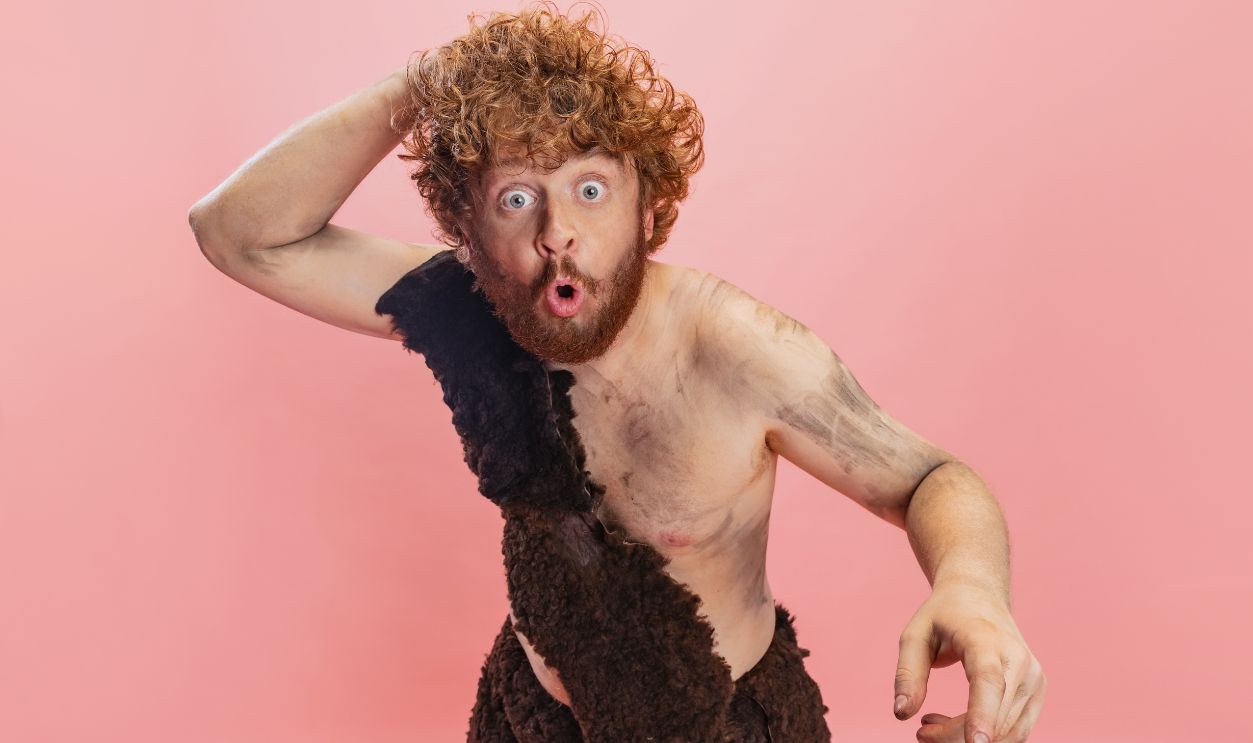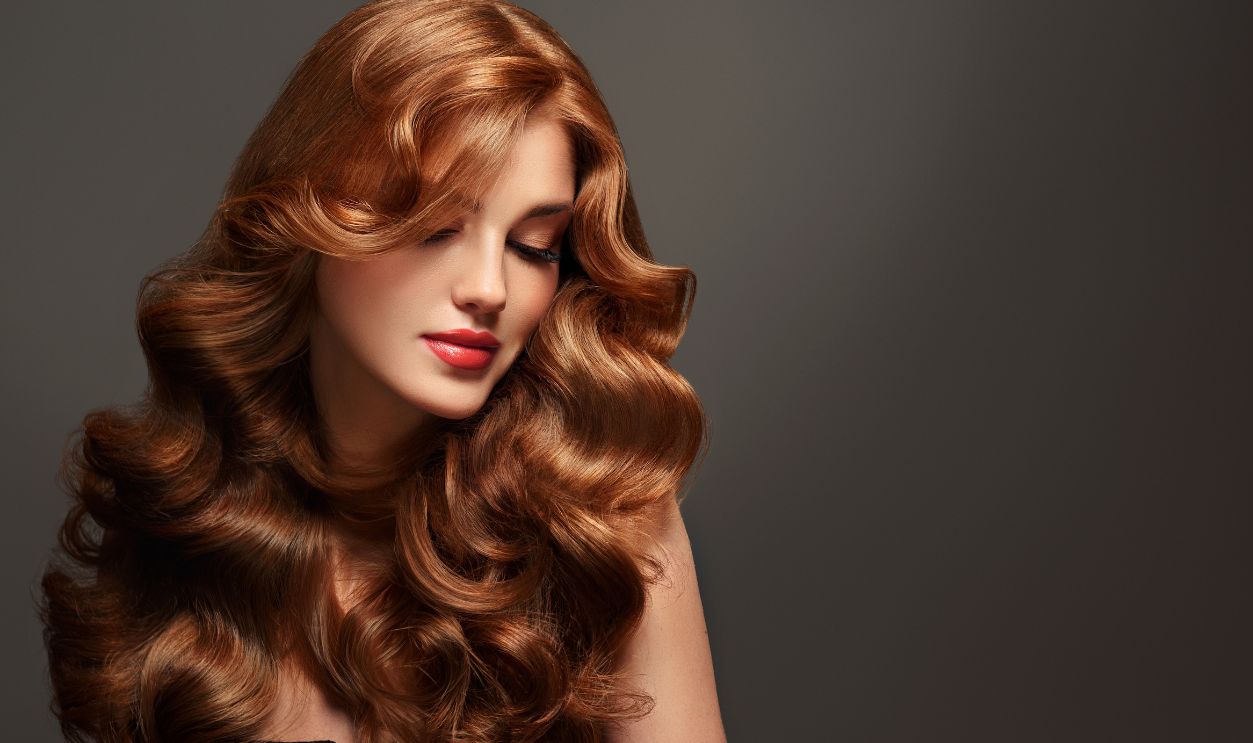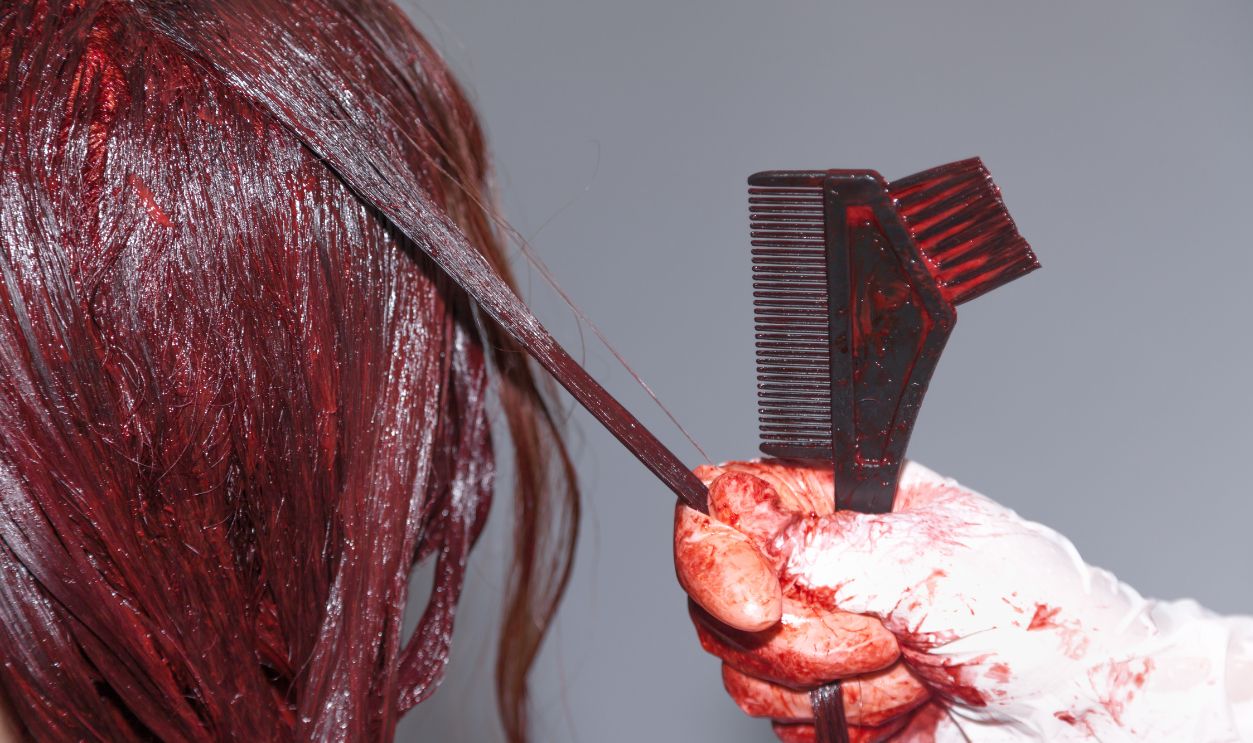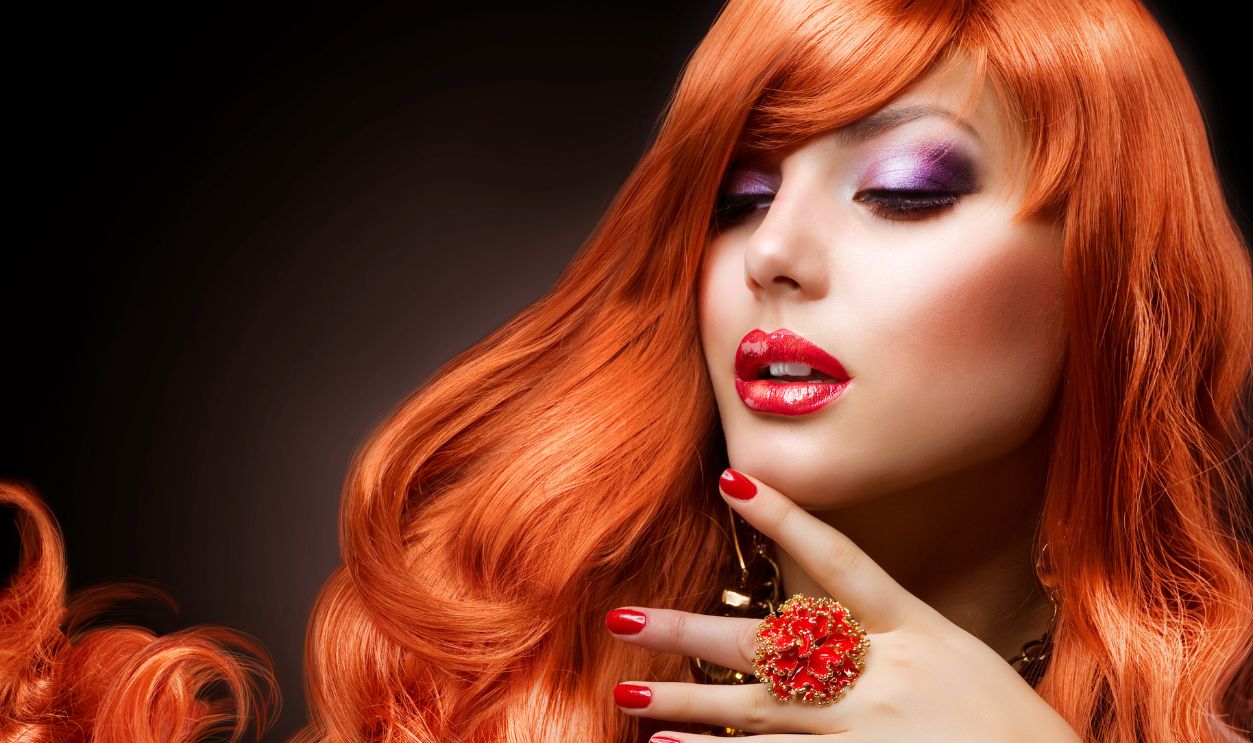Red-Hair Reality
Why do "redheads" or people born with red hair need a separate distinction? Because it's more than just about the color. Even red hair has a history and scientific facts linked to it. Let's check them out.
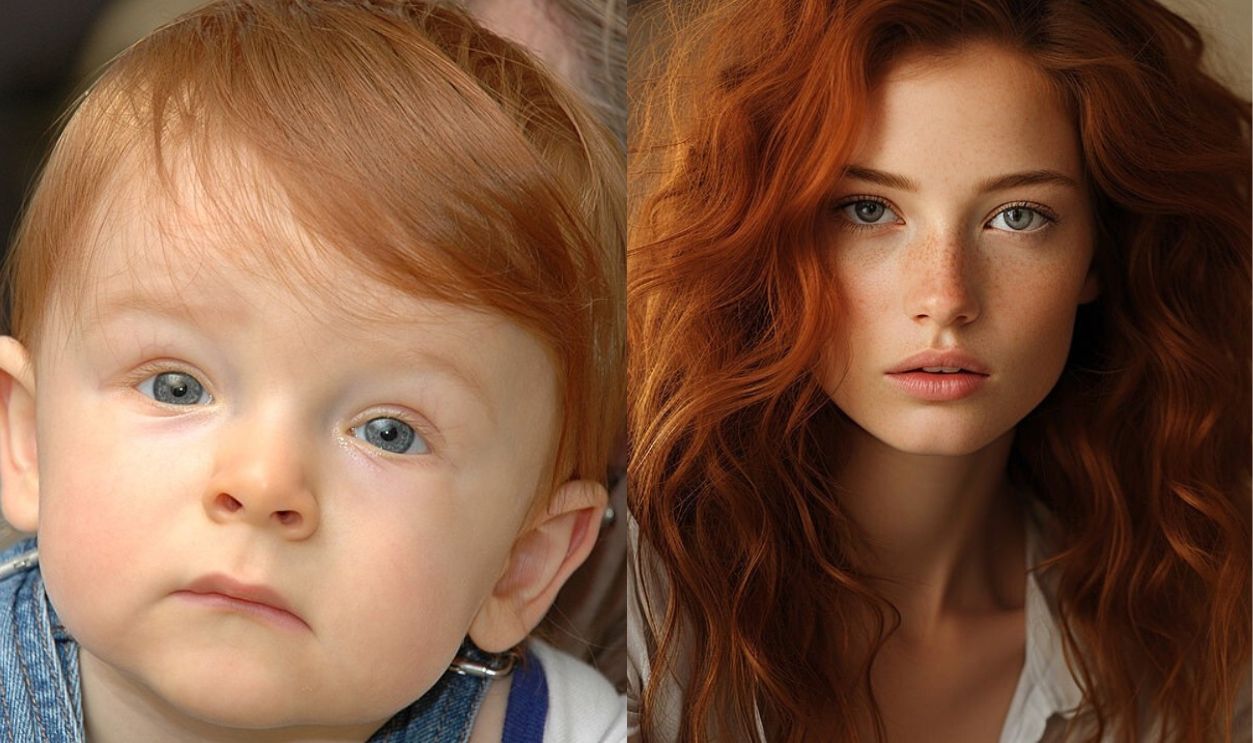
The Evolution Story
The red hair gene is thought to have popped up somewhere between 20,000 and 100,000 years ago. Even Neanderthals sported red hair, but their genetic mutation was a bit different from ours. This trait probably gave folks an edge in those dim northern climates.
Genetic Surprise
Red hair isn't just about one gene. Researchers have found at least eight different genetic markers connected to red hair color. The MC1R gene plays a key role, but the variations Arg151Cys, Arg160Trp, Asp294His, and Arg142His are other recessive genes.
The Science Of Red Shades
Red hair comes in all sorts of shades, like deep burgundy, copper, auburn, and strawberry blonde, and it's all thanks to a genetic mix. A lot of pheomelanin and a little bit of eumelanin result in these shades. This combo also brings along other traits, like fair skin and light eyes.
Double-Gene Requirement
For a newborn to have red hair, both parents need to have the red hair gene. This should be true even if they don't possess red hair themselves. Therefore, due to the recessive gene, red hair can sometimes show up in generations that don't have it in between.
Medieval Mystery And Magic
Back in medieval times, red hair was connected to all sorts of dark magic and mythical creatures. Even olden-time alchemists like Theophilus Presbyter believed that the blood of a redheaded man was key to turning copper into gold.
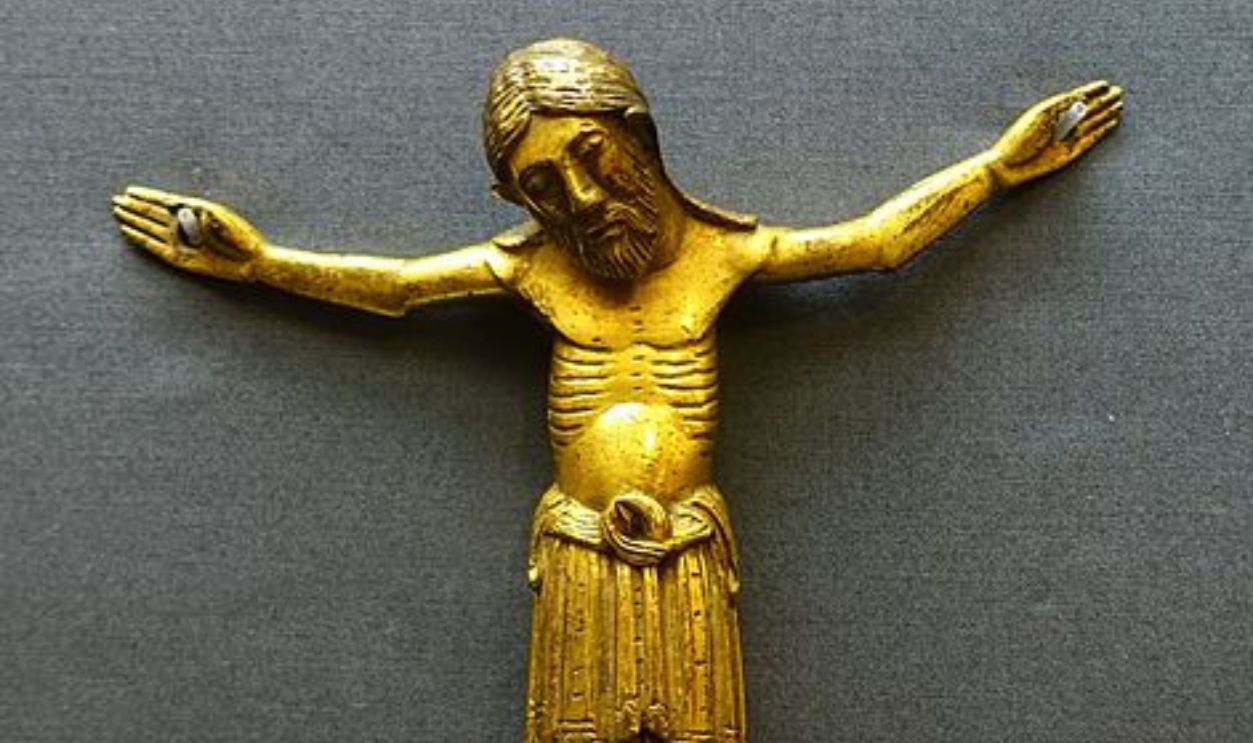 Circle of Roger of Helmarshausen, Wikimedia Commons
Circle of Roger of Helmarshausen, Wikimedia Commons
Witches In Disguise
Imagine someone with red hair and green eyes. They were thought to be witches, werewolves, or vampires. In ancient Egypt, they actually sacrificed red-haired men at the grave of Osiris, God of the afterlife, by spreading their ashes over the fields.
 Jeff Dahl, CC BY-SA 4.0, Wikimedia Commons
Jeff Dahl, CC BY-SA 4.0, Wikimedia Commons
Red Hair's Medical Mysteries
Red hair usually comes from genes, especially the MC1R gene, but sometimes it can actually be a sign of health issues. For example, a serious malnutrition condition called Kwashiorkor OR missing a protein called proopiomelanocortin might end up in you having red hair.
Hormonal Link
The MC1R gene, which gives people red hair, also plays a role in how our bodies react to endorphins and other hormones. Since this gene shows up in the brain and impacts different systems in the body, it explains why redheads have some different traits. For example…

History's most fascinating stories and darkest secrets, delivered to your inbox daily.
Pain Tolerance Puzzle
Studies have found that redheads generally require about 20% more anesthesia for medical procedures. This is due to a special mutation in their MC1R gene, which influences pain sensitivity and hair color. Nowadays, doctors take red hair into account when figuring out anesthesia usage.
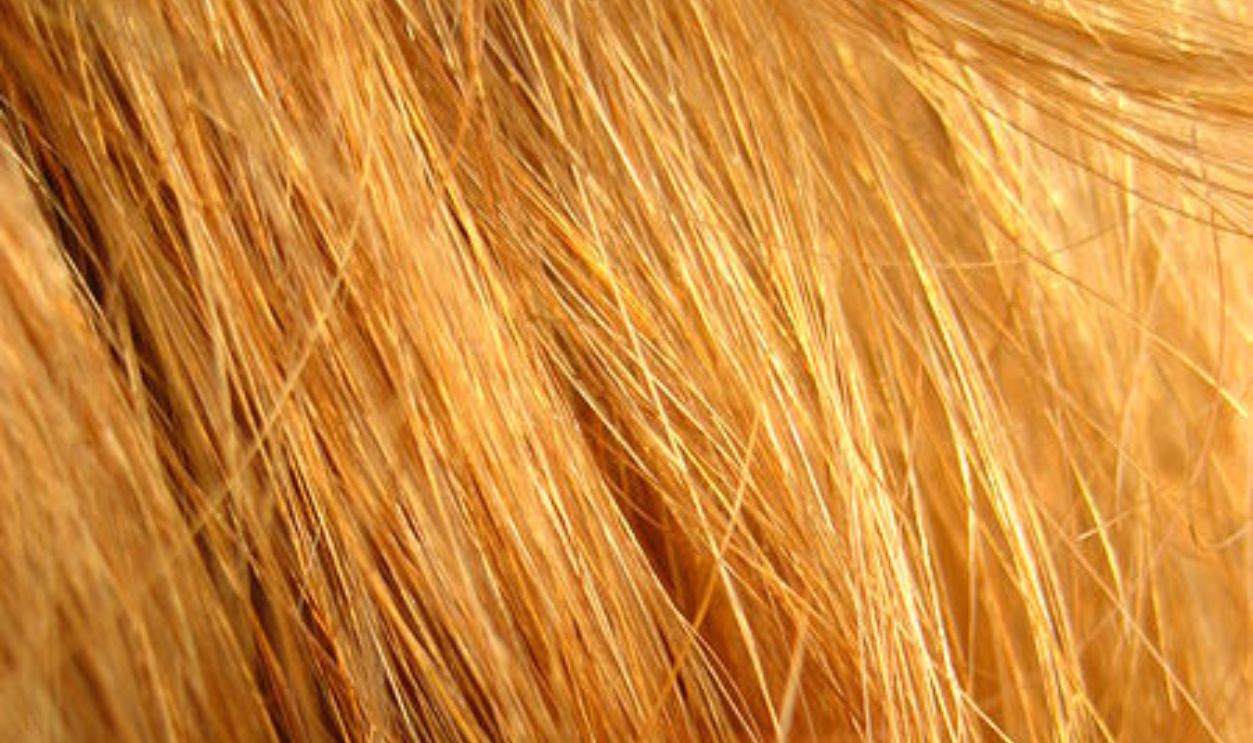 Sunny Ripert, CC BY-SA 2.0, Wikimedia Commons
Sunny Ripert, CC BY-SA 2.0, Wikimedia Commons
No Gray Hair Days
Red hair is pretty special because it doesn't turn gray like other hair colors. Instead, it fades into a nice mix of copper and rose-gold before eventually becoming white. This happens because of the way the distinct pheomelanin pigment breaks down as people age.
Natural Vitamin Factory
Apparently, redheads have the superpower to make vitamin D precursor 25(OH)D3 more than anyone else. When it's dark outside, their bodies have a genetic quirk that helps them produce their own vitamin D. Now, this is undoubtedly a big deal for those in northern climates.
Thicker Strands Advantage
It is said that redheads usually have fewer hair strands, around 90,000, while brunettes have about 140,000. But the good thing is that each red strand is thicker than normal. So, even though they have less hair, it looks fuller and bouncier, with the color giving it a vibrant look.
Temperature Sensitivity Secret
Redheads also tend to feel temperature changes more intensely than others. This could be because their MC1R gene mutation affects their body's temperature-detecting system. This makes them more sensitive to both hot and cold extremes. Who needs a barometer when they can notice weather changes before anyone else?
 dusdin, CC BY 2.0, Wikimedia Commons
dusdin, CC BY 2.0, Wikimedia Commons
Rarest Combination
Blue eyes and red hair are pretty much the rarest natural color combo out there. It shows up in less than 0.17% of people overall. However, this unusual yet intriguing mix happens when two rare recessive genes come together. Celebrity Amy Adams can be one example.
UV Ray Vulnerability
These individuals have lighter skin that reacts to the sun differently. Because of their genetics, they get sensitive to UV rays, which means they produce about as much melanin in just 10-15 minutes as others do in 2-3 hours. So, some extra sun protection is really needed.
 Oleksandr Khmelevskyi, Shutterstock
Oleksandr Khmelevskyi, Shutterstock
Color-Changing Beards
Did you know that some men can still have red beards even if their hair is a whole different color? This is because the MC1R gene can react differently in facial hair compared to the hair on their heads. If nothing, it does give out a cool two-toned look.
Celtic Red Hair Kingdom
Ireland reigns when it comes to redheads, with about 10% of folks sporting it. Scotland isn't too far behind at 6%, and Edinburgh proudly claims the title of the world's redhead capital. This trait runs deep in Celtic heritage, and there is a reason why.
A Study From 1907
Back in the year 1907, a big study that looked at 500,000 Scots found that the red hair gene is super common in the northern parts of Britain. And especially along what's known as the Celtic fringe. The trait extends into Wales and England's Scottish border counties.
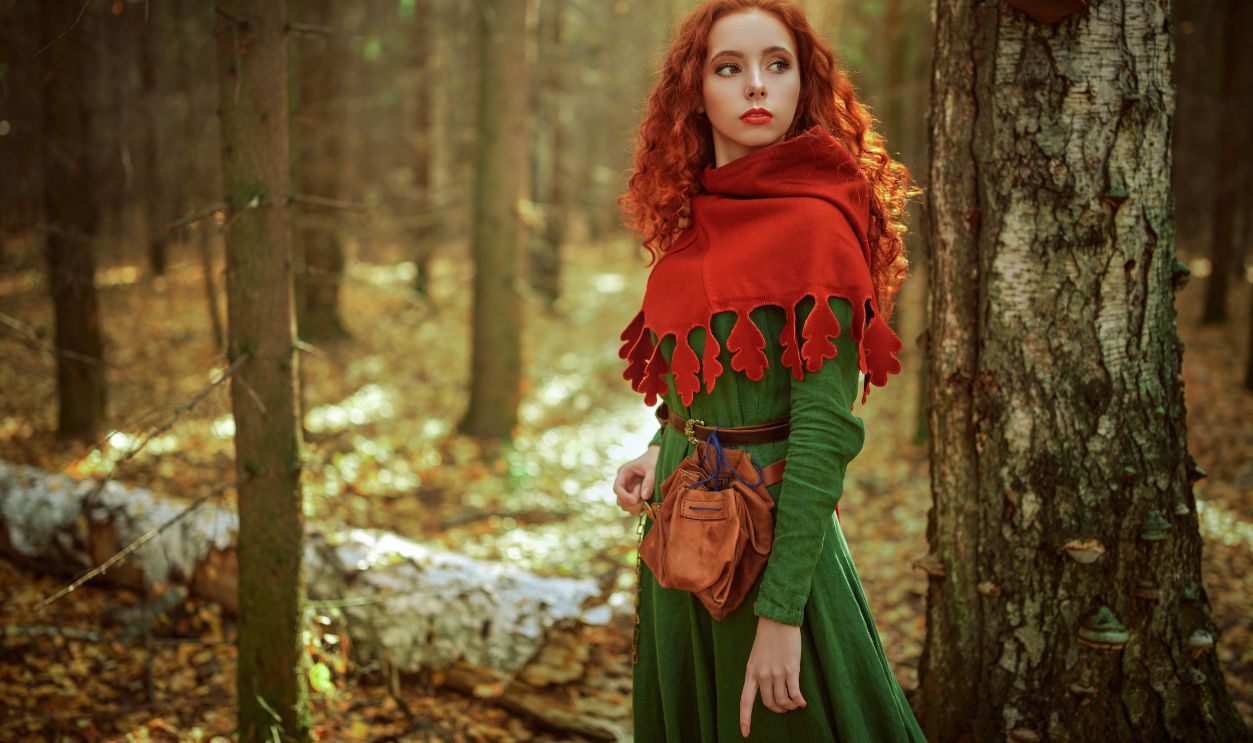 Kiselev Andrey Valerevich, Shutterstock
Kiselev Andrey Valerevich, Shutterstock
Ancient Egyptian Connection
Ancient Egyptians considered red hair sacred to the god. Recent research by Dr. Janet Davey has proven that some ancient Egyptians naturally had red hair. The mummy was nicknamed "The Ginger" from 3400 BC and even the great Pharaoh Ramesses II had natural red hair.
Eastern Europe's Red Legacy
Records from the early Byzantine days mention ancient Slavs having red hair, but as time went on and they mixed with people from the Balkans, this became less common. The Udmurt people in Russia's Volga region were known as "the most red-headed men in the world".
The Extinction Myth Debunked
There was a story floating around back in 2007 that redheads were going extinct, but that's not true at all. It started with sketchy research funded by a hair dye company and was published in The Courier-Mail. National Geographic stepped in to say that none of it is true.
The Cultural Canvas
Red hair has been a big deal in art and fashion for centuries. Botticelli painted Venus with red hair, and that has stuck around with artists from the Pre-Raphaelites to Gustav Klimt. Queen Elizabeth I even made it a trend back in her day.
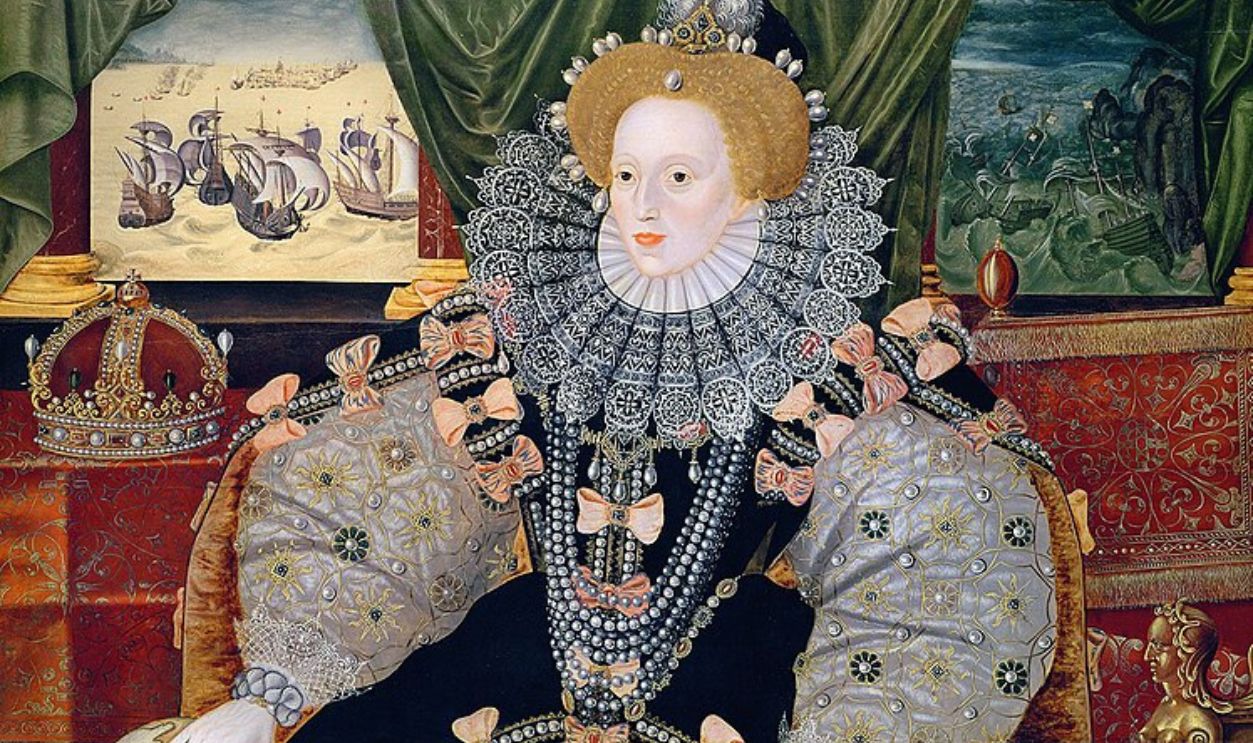 George Gower, Wikimedia Commons
George Gower, Wikimedia Commons
Commercial Star Power
A study conducted by Upstream Analysis found that more than 33% of network TV commercials feature individuals with red hair, despite redheads making up only about 2–6% of the U.S. population. Their look truly stands out, which makes them memorable for ads.
Redhead Events
Redheads love to celebrate their identity with festivals all over the world. Kibbutz Gezer event in Israel, the Izhevsk festival in Russia, and the Redhead Days in Illinois, U.S.A. are some examples. One of the biggest events happens in Tilburg, Netherlands, where people from 80 different countries come together.


